The Hawthorne Hotel & The Witch House
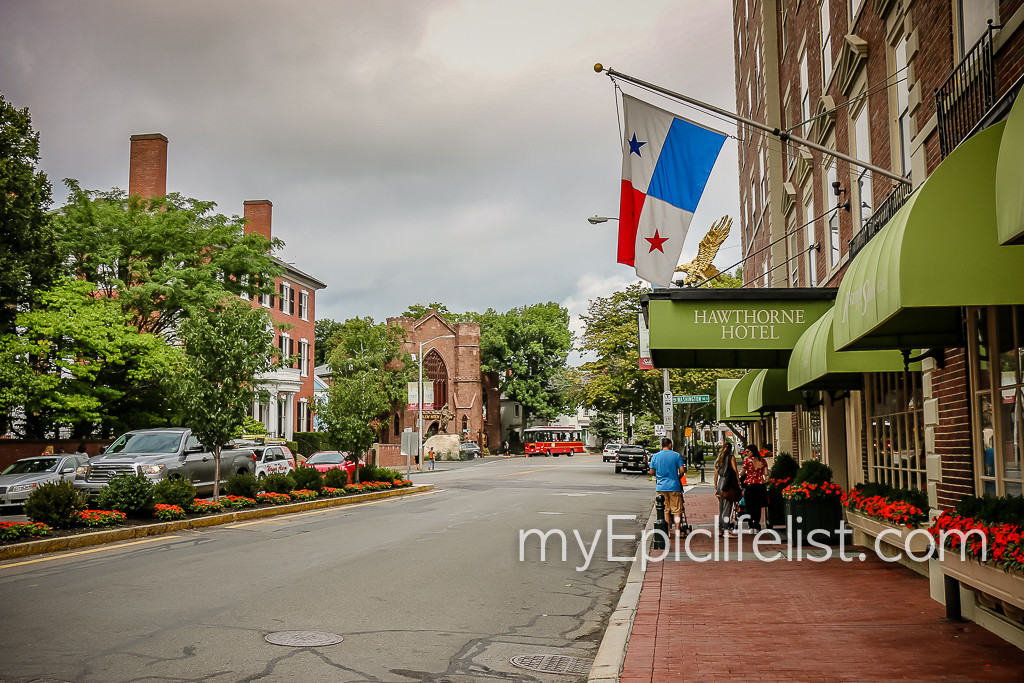
“Nobody has any conscience about adding to the improbabilities of a marvelous tale.” ~Nathaniel Hawthorne
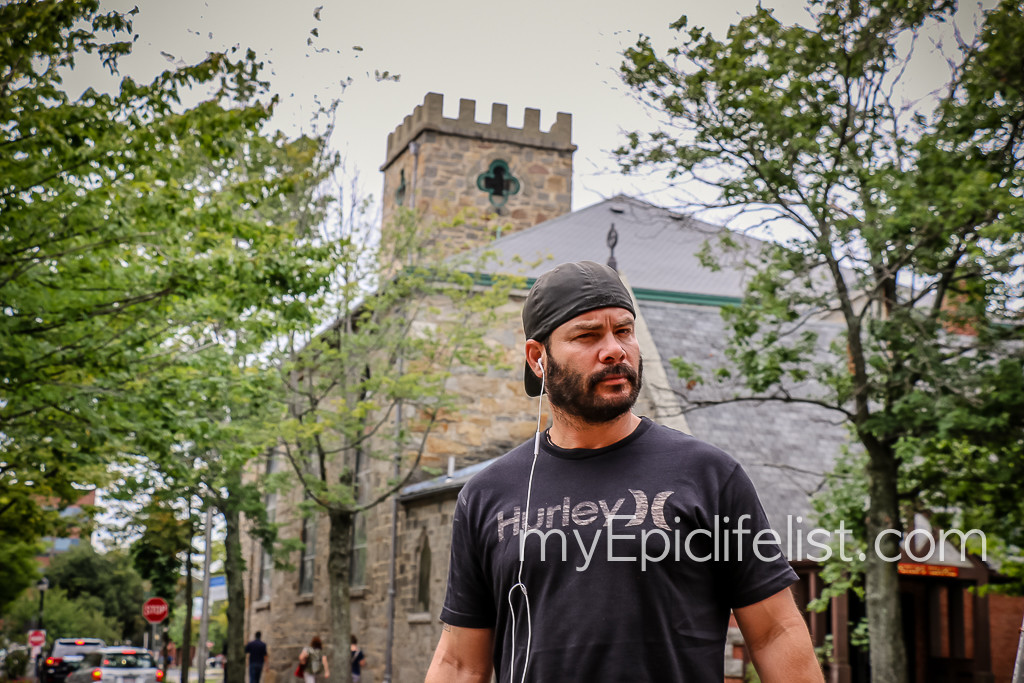
The ‘Husband/Sight Seeing Buddy’ on his Monday conference call…. not a great multi-tasker but he tries. (:
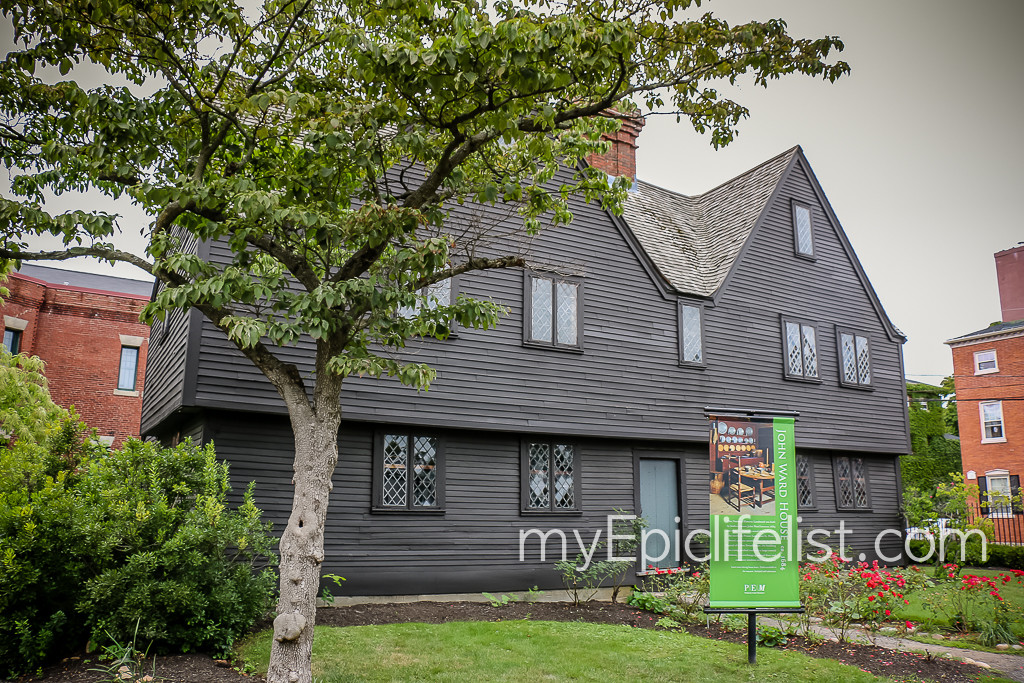
The Witch House, home of Judge Jonathan Corwin, is the only structure still standing in Salem with direct ties to the Witchcraft Trials of 1692. As a local magistrate and civic leader, Corwin was called upon to investigate the claims of diabolical activity when a surge of witchcraft accusations arose in Salem and neighboring communities. He served on the Court of Oyer and Terminer, which ultimately sent nineteen to the gallows. All nineteen refused to admit to witchcraft and maintained their innocence.
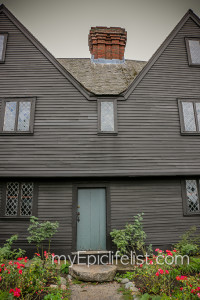
The house is an excellent example of seventeenth-century architecture. Judge Corwin, buried in the nearby Broad Street Cemetery, purchased the structure in 1675 when he was 24 years old and lived there for more than forty years. The house remained in the Corwin family until the mid-1800’s.
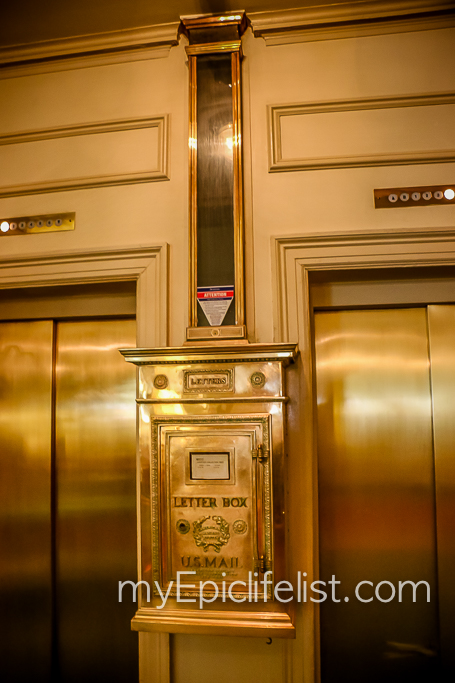
This is the brass ‘snailmail’ lobby mailbox at the Hawthorne Hotel. It is connected to a mail chute that comes down to it from the sixth floor, and is accessible from every floor in-between.
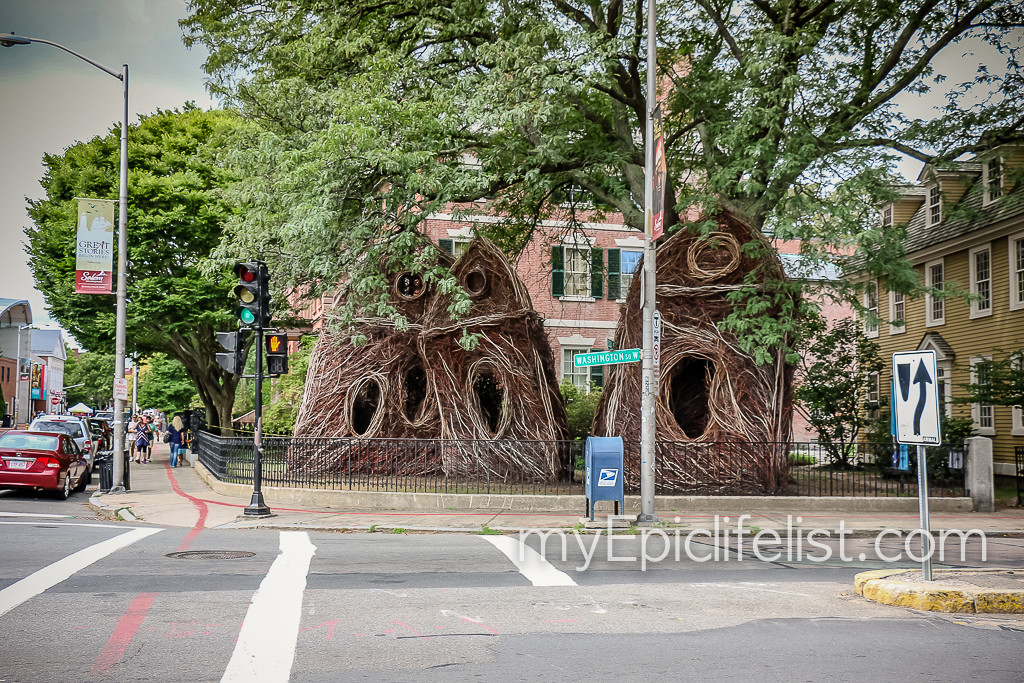
Stickwork- Patrick Dougherty bends, weaves and flexes saplings into architectural sculptures that dynamically relate to the landscape and built environment around them. Over the last 30 years, he has created more than 250 works throughout the United States, Canada, Europe and Asia. Constructed from saplings collected by area volunteers,
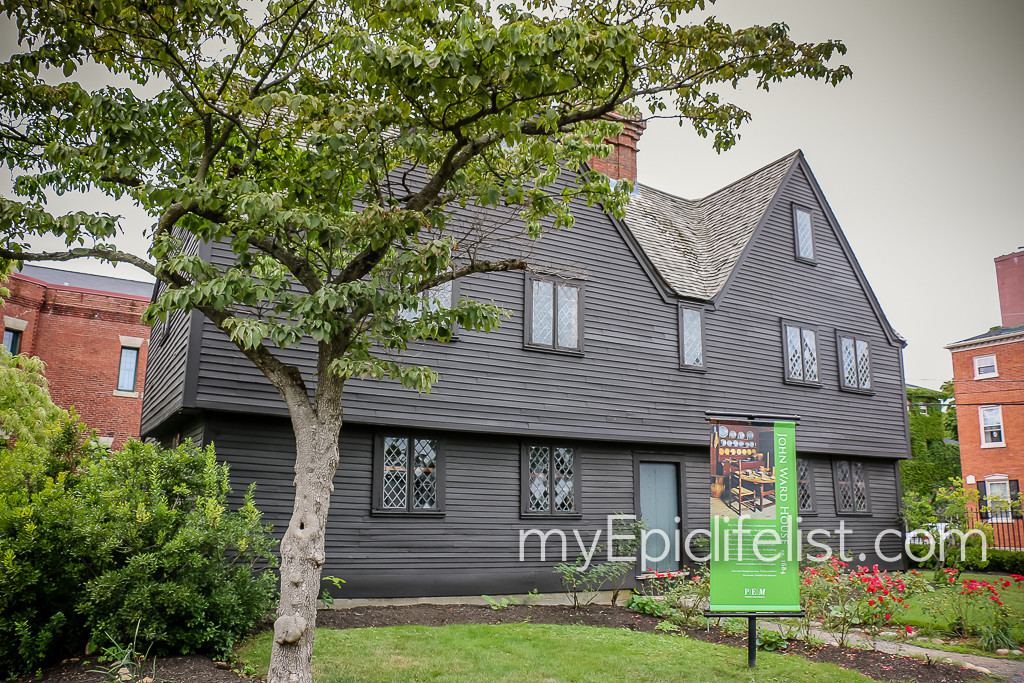
The Witch House, home of Judge Jonathan Corwin, is the only structure still standing in Salem with direct ties to the Witchcraft Trials of 1692. As a local magistrate and civic leader, Corwin was called upon to investigate the claims of diabolical activity when a surge of witchcraft accusations arose in Salem and neighboring communities. He served on the Court of Oyer and Terminer, which ultimately sent nineteen to the gallows. All nineteen refused to admit to witchcraft and maintained their innocence.
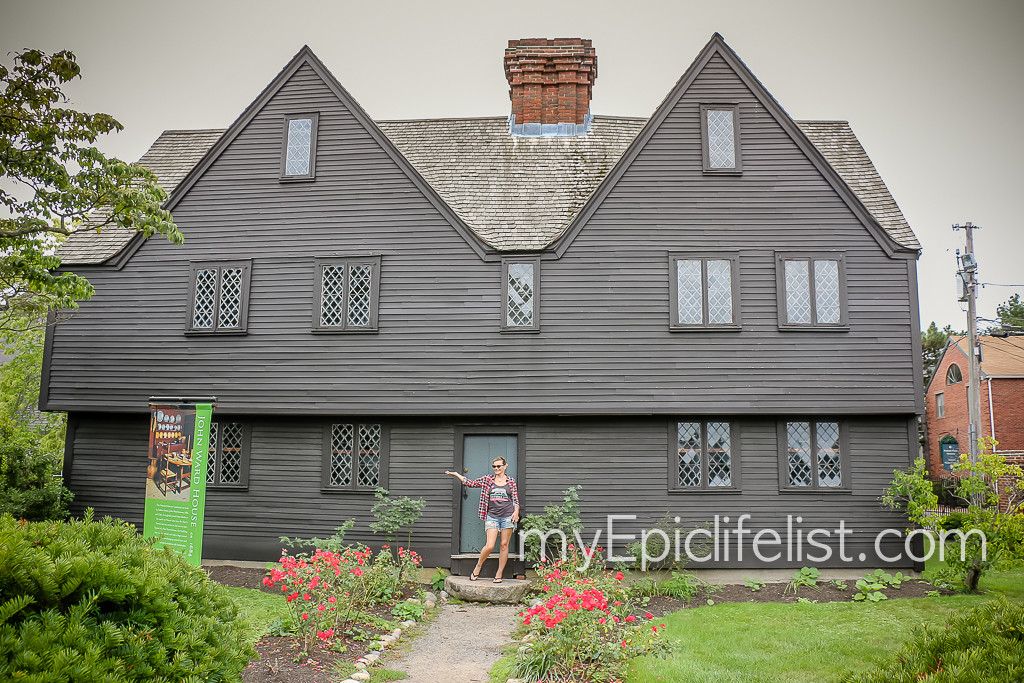
The house is an excellent example of seventeenth-century architecture. Judge Corwin, buried in the nearby Broad Street Cemetery, purchased the structure in 1675 when he was 24 years old and lived there for more than forty years. The house remained in the Corwin family until the mid-1800’s.

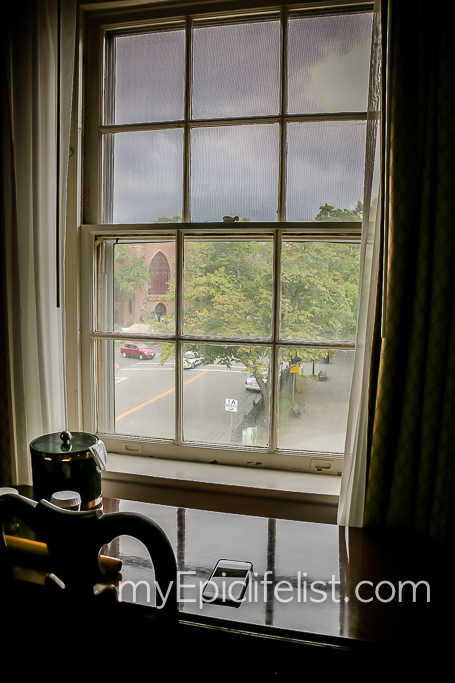
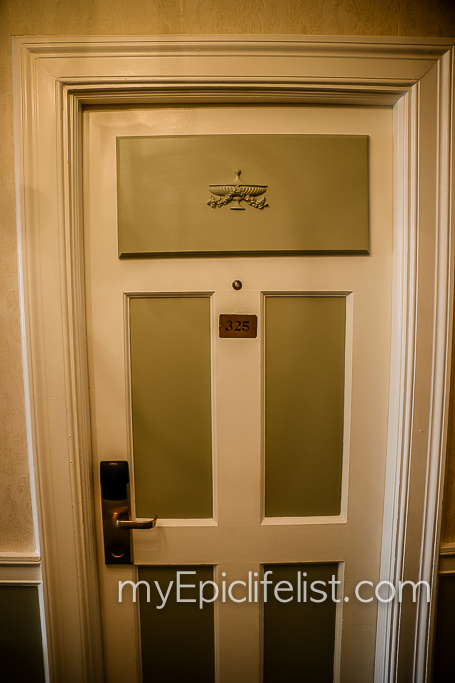


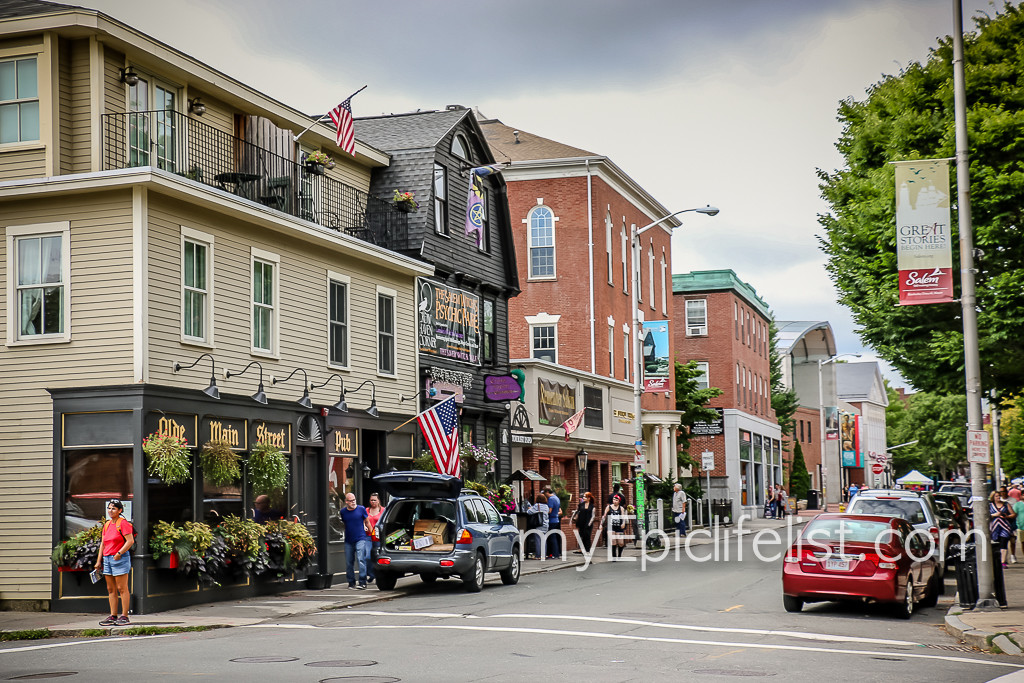
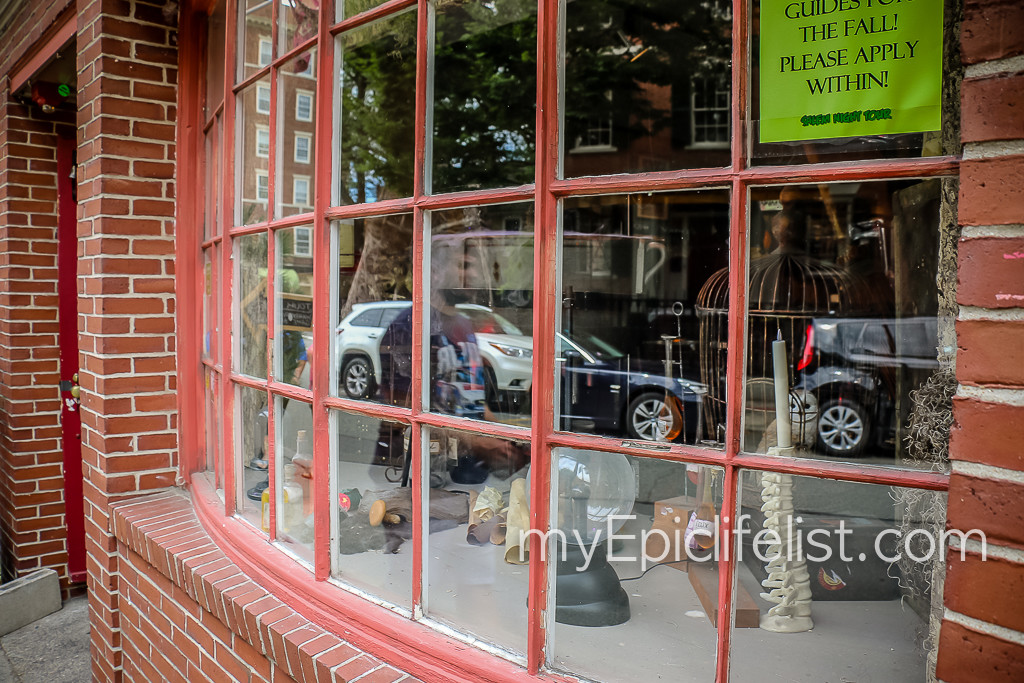
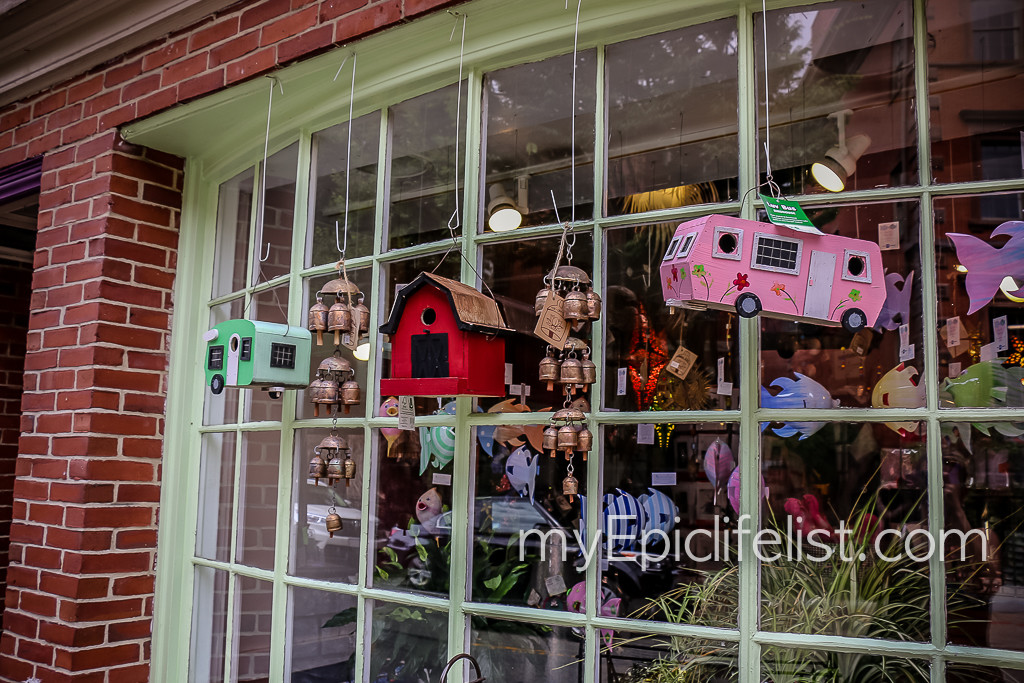

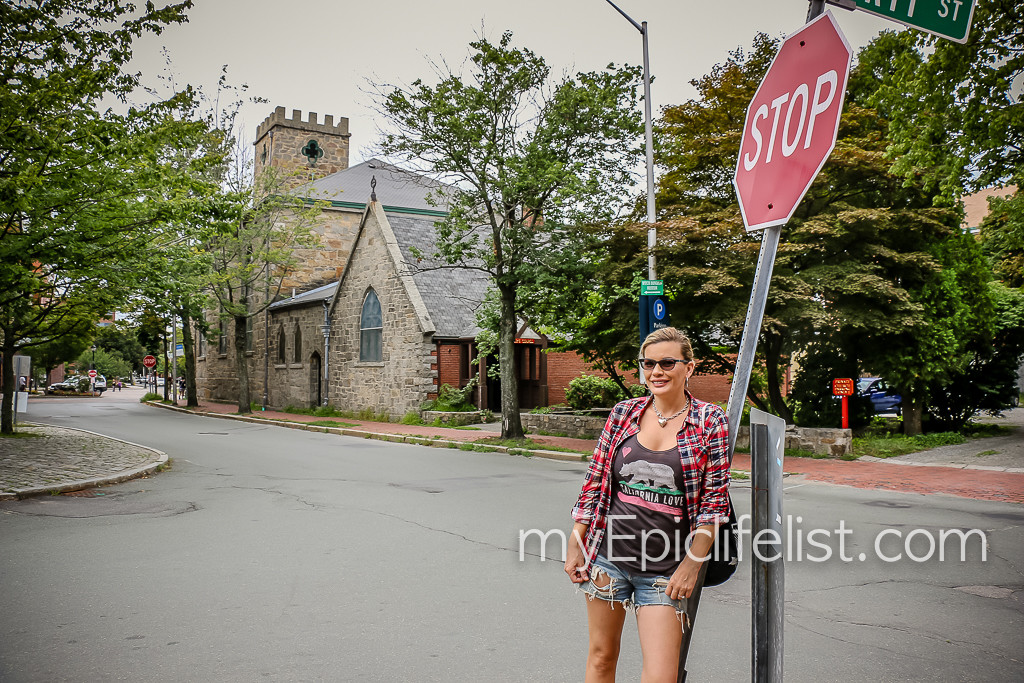

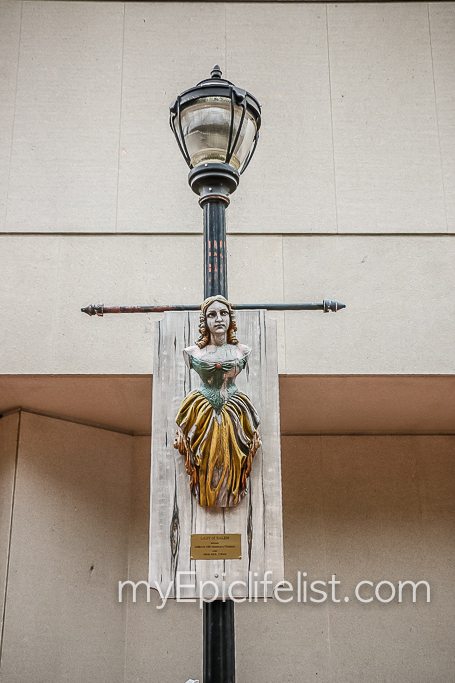
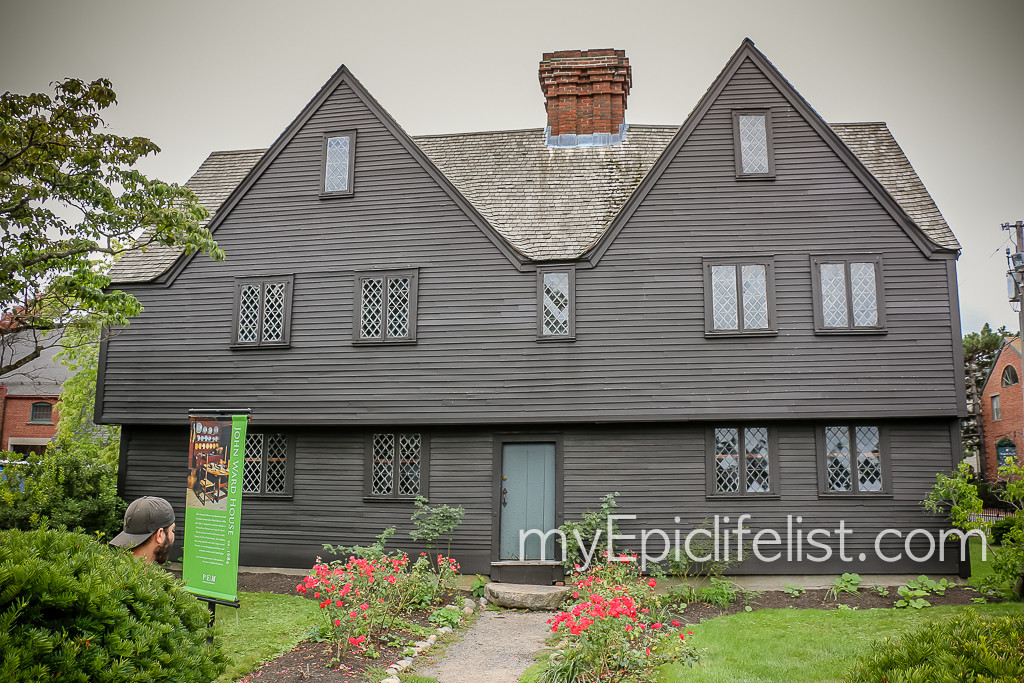
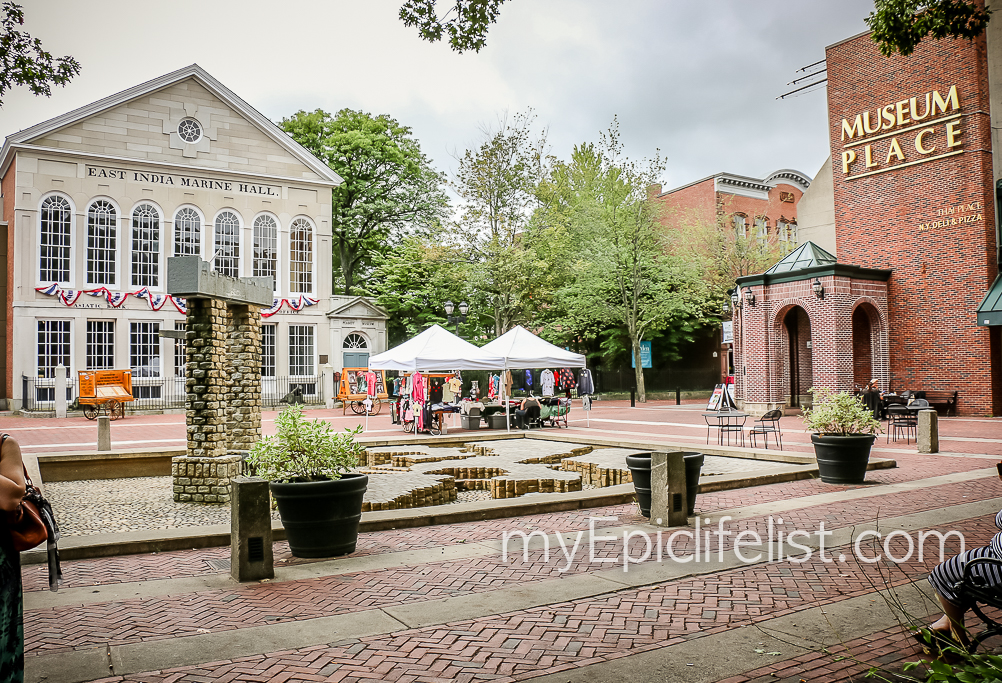
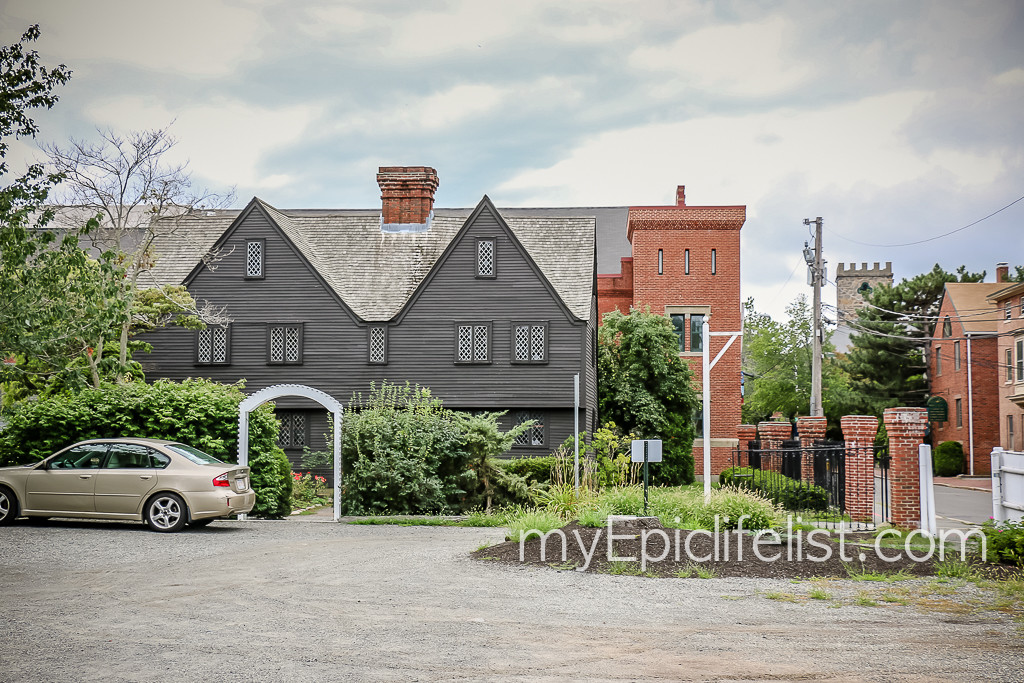




This is missing your voice.